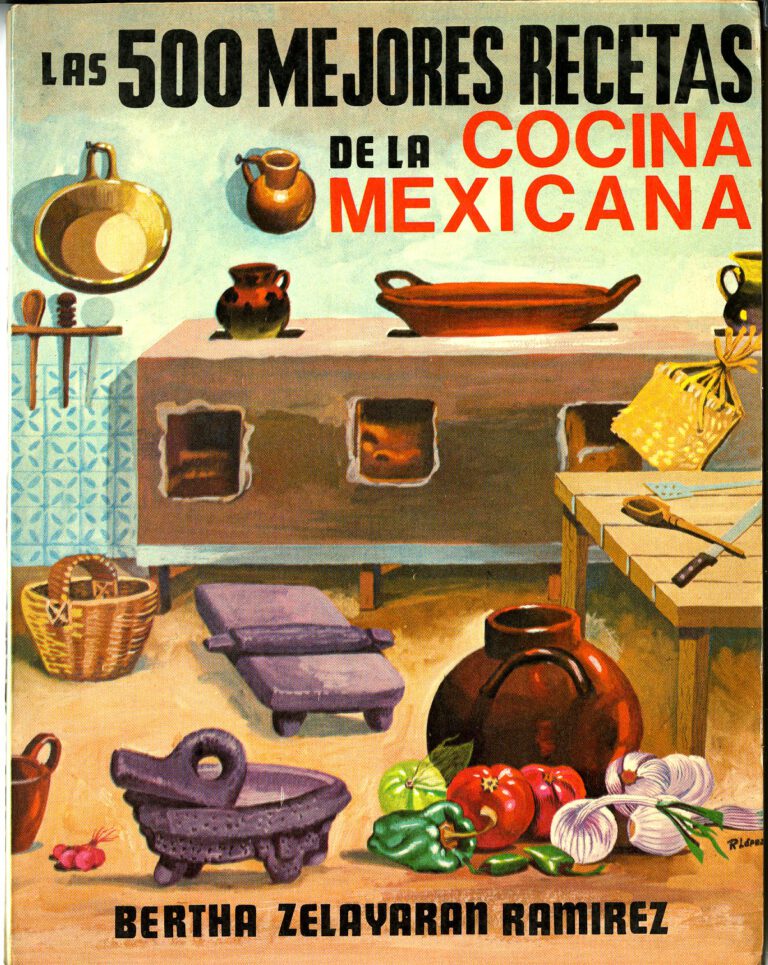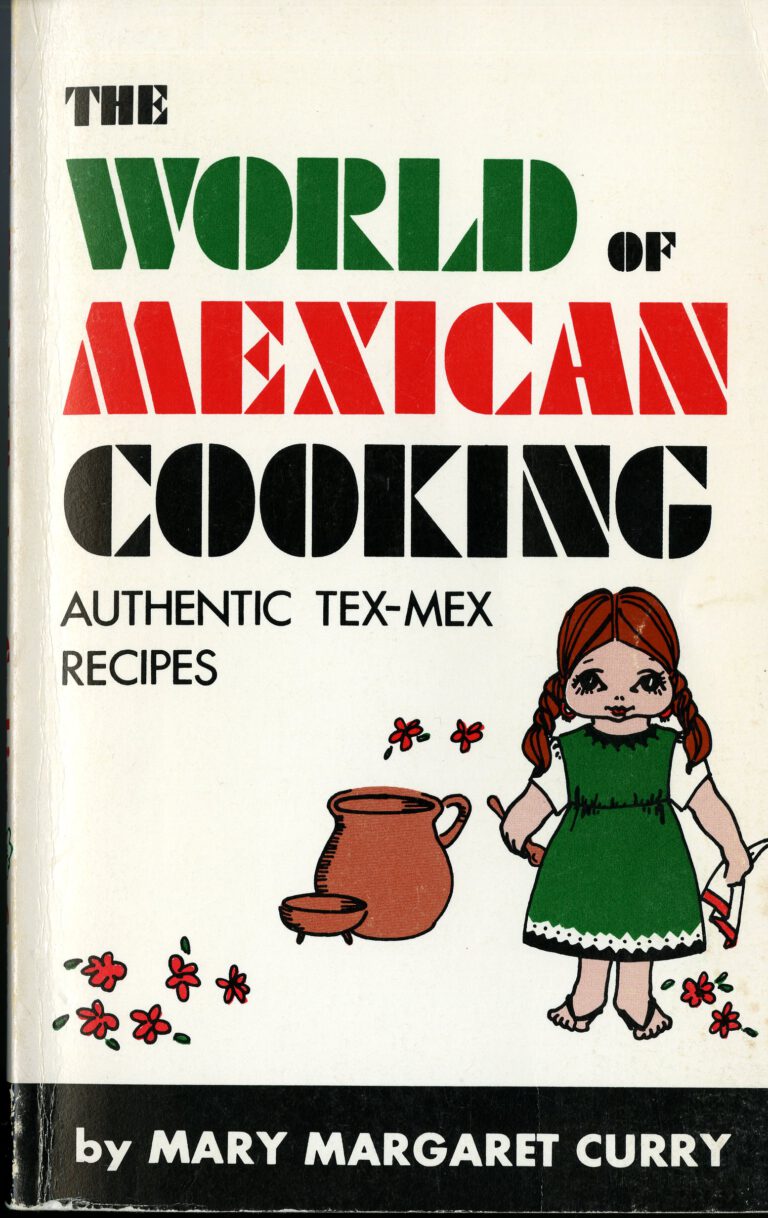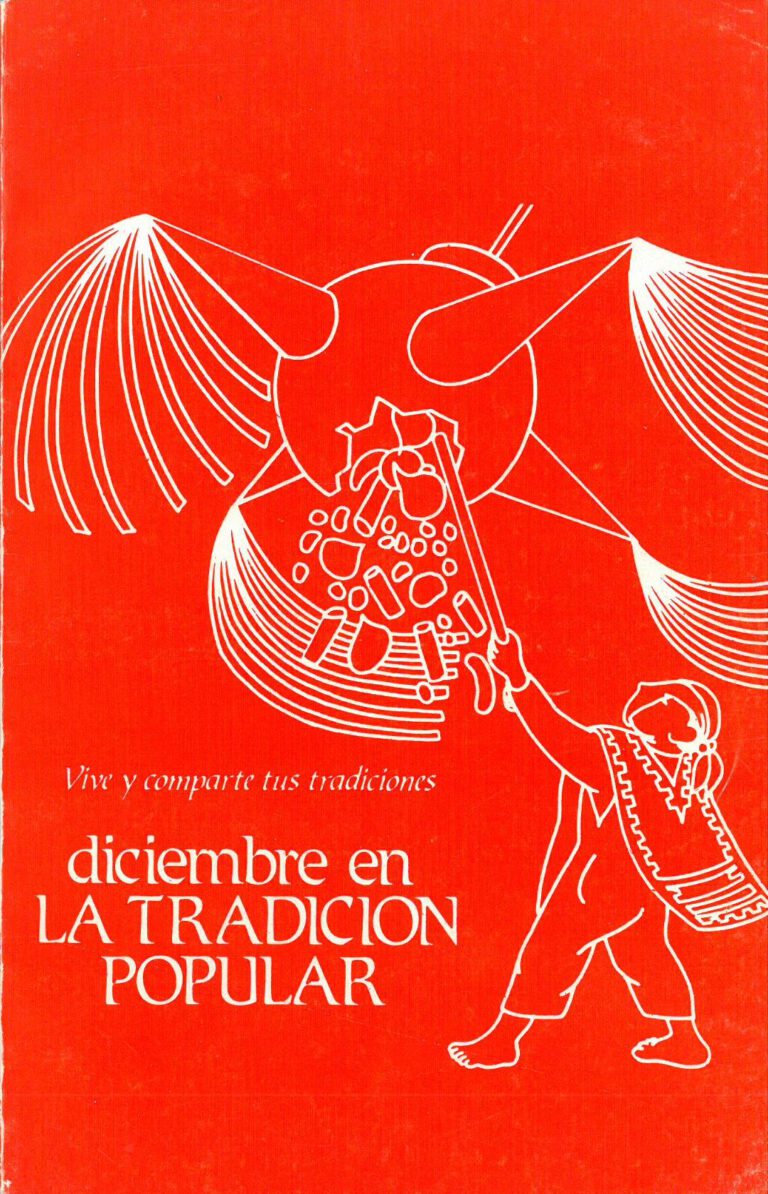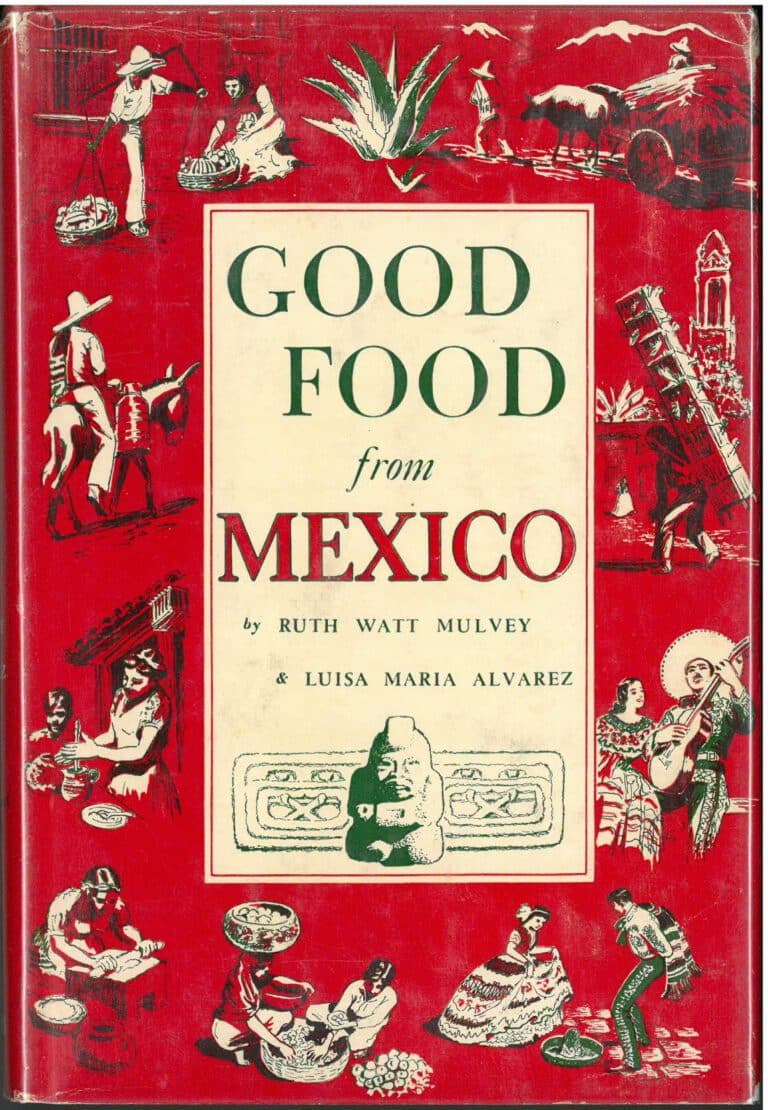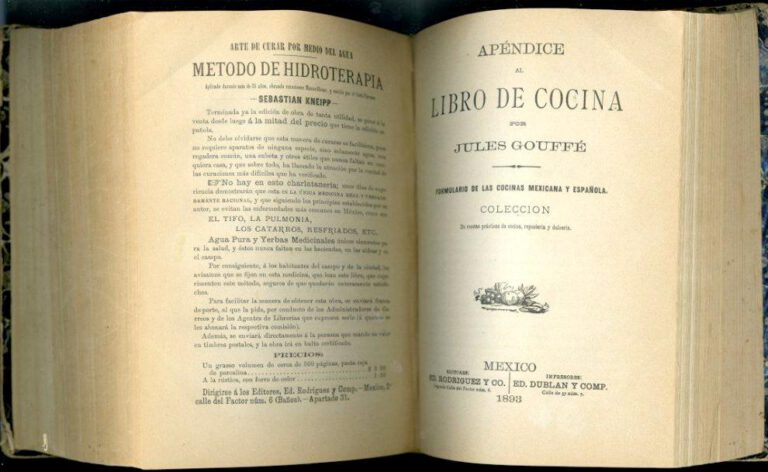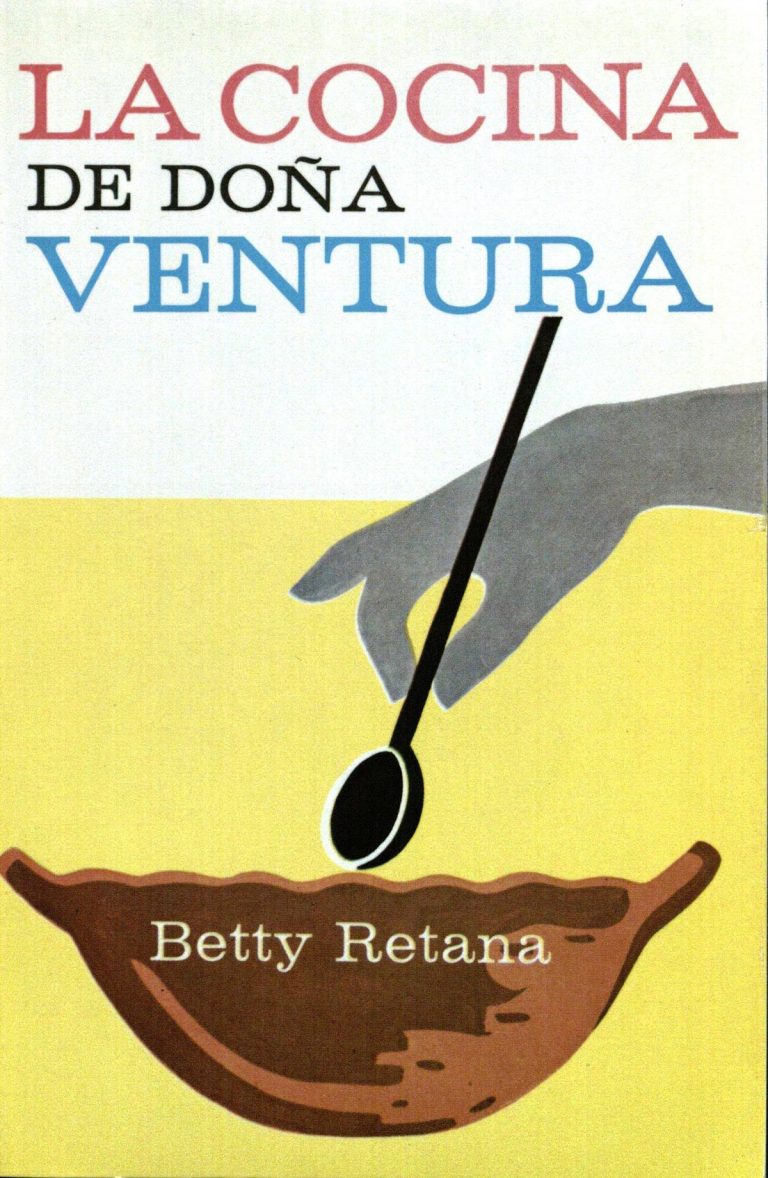Gaznates 1938 (Gaznates Pastries)
De Carbía, Maria A. Mexico Through My Kitchen Window. (México: M.A. de Carbia, 1938). [TX716 .M4 C372 1938].
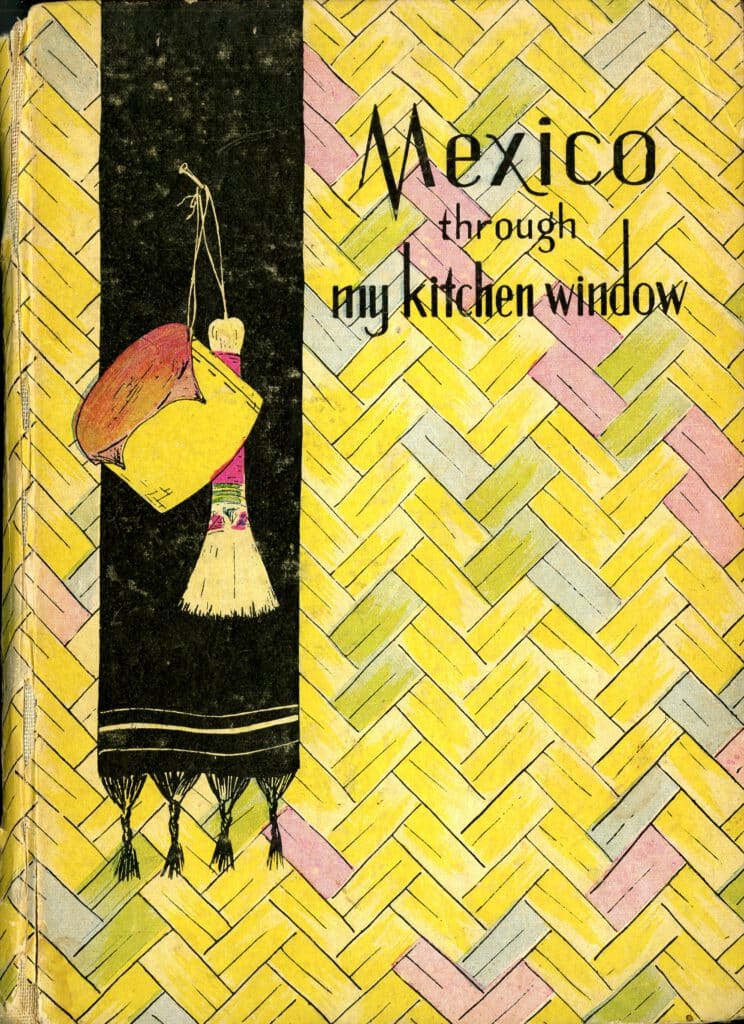
The final chapter in María de Carbia’s Mexico Through My Kitchen Window is entitled “Mexican Festivals.” It describes holiday traditions and provides associated recipes. The traditions de Carbia includes are explicitly her experience of them in Mexico City, which provides a distinctly local sense to the descriptions. A few examples follow:
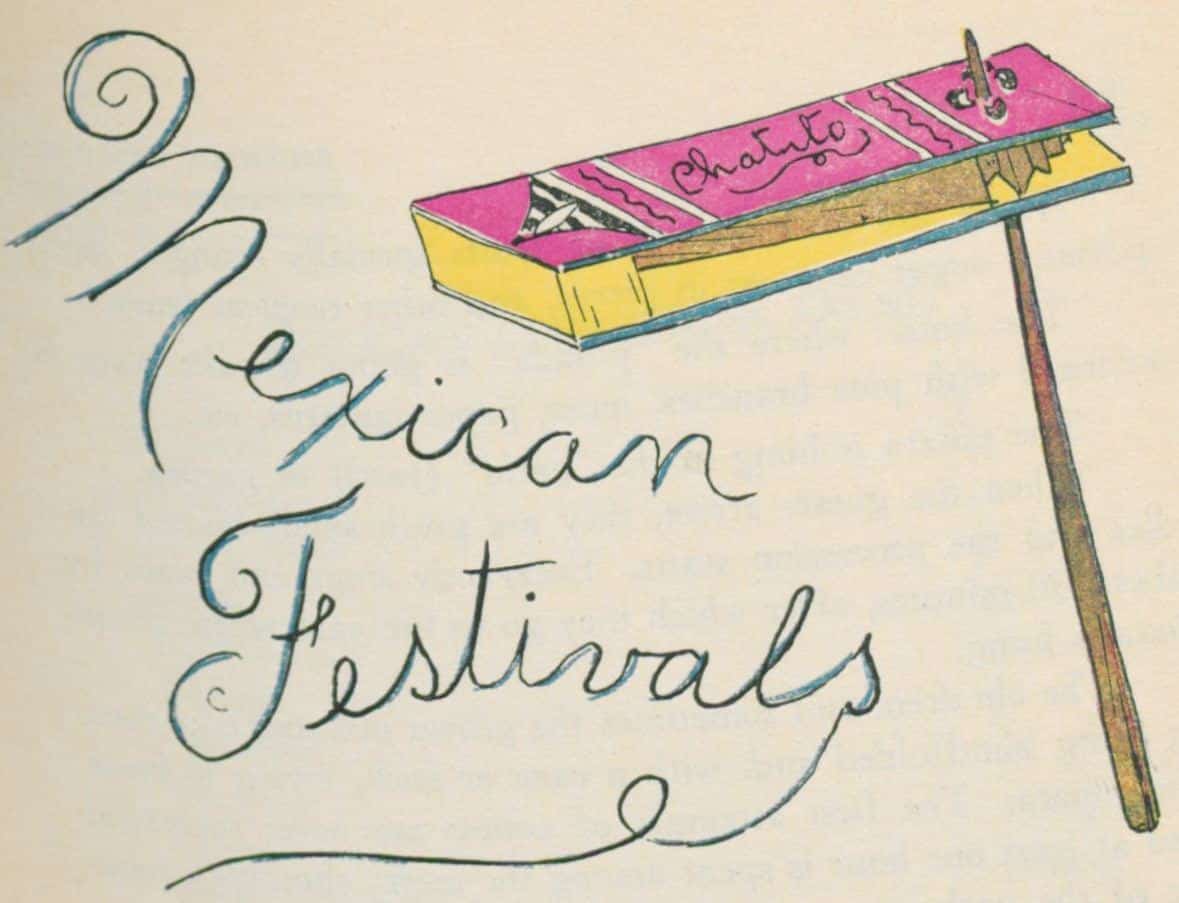
Christmas and the 9 days “Posadas” lead the chapter as “undoubtly (sic) the principal and gayest of all festivals.” De Carbia describes markets of tropical fruits, sugar cane, and piñatas shaped as flowers, animals, airplanes and clowns. At the home where the “Posada”(sic) is hosted, she describes a period of prayer and singing followed by an opportunity for children to break the piñata, while adults look on and watch fire works. Later, music is played for dancing and “a cold buffet supper is served around midnight.” Suggested Christmas recipes include Mexican Christmas salad (a mix of lettuce, oranges, beets, carrots, jicama, bananas, peanuts, and French dressing); three kinds of turron (nougat), and Marrons-Glaces (candied chestnuts).
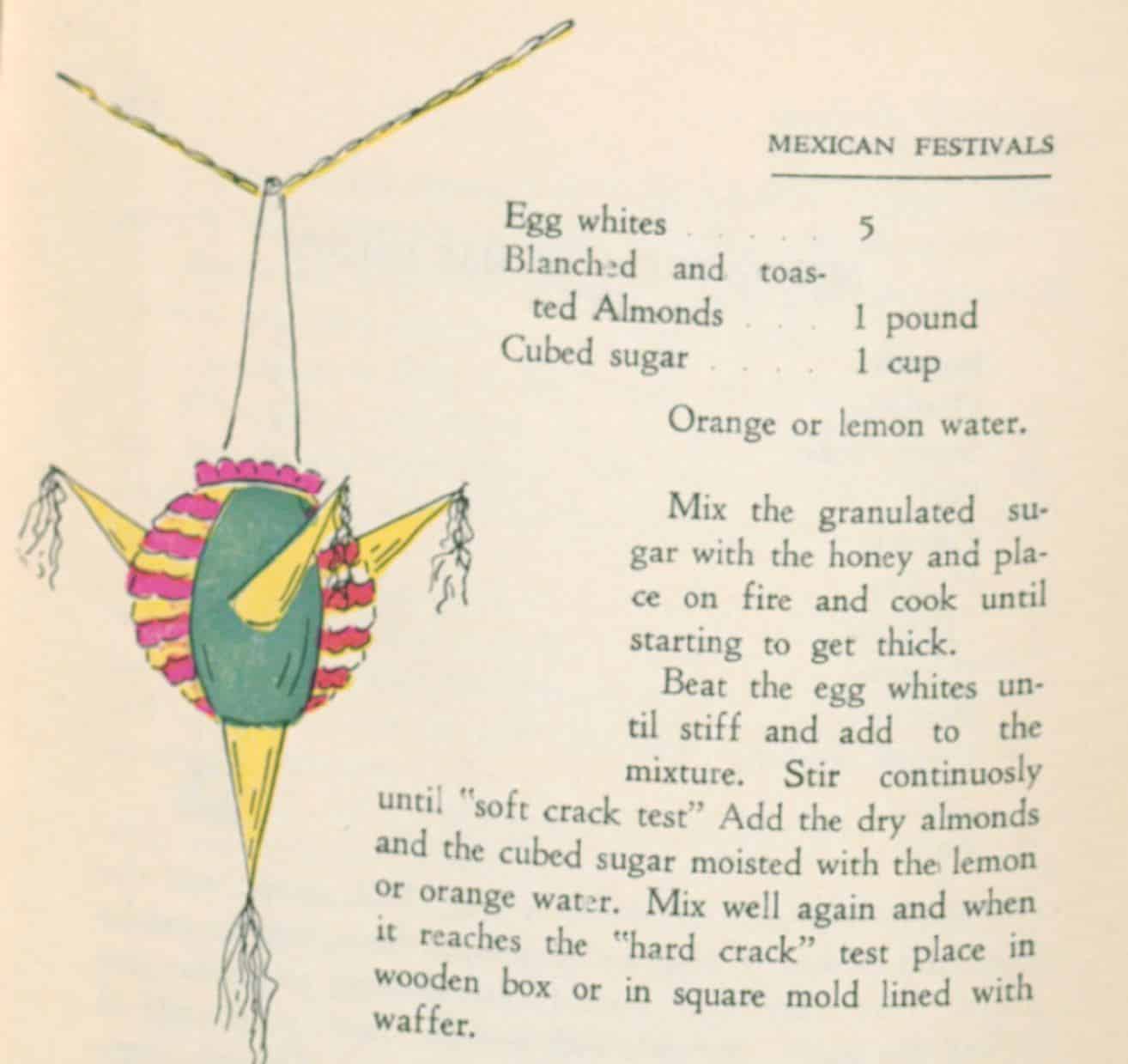
The next holiday described is “The Coming of the Kings” on January 6th, celebrating the arrival of the three kings or wise men in Bethlehem to see the newborn Christ. De Carbia notes that many children in Mexico now receive their presents from Santa Claus on Christmas day, some families still keep to the Spanish tradition of placing shoes at windows to receive gifts on January 6th from the three kings as they pass by. A recipe is given for “The Kings Ring,” a cake in which a tiny doll or a dry lima bean is baked. Whoever finds the “king” in their piece of cake “is crowned king of queen and has thee right of choosing a partner for the evening; but has also the obligation of giving another party to which all the people present are invited.” De Carbia notes that if this celebration occurs outside the home, such as in a club, things happen slightly differently. Instead of one cake, each couple is given a small cake: “The girls are supposed to cut their ring and give half to their partners. Only one of the rings has the doll and the boy and girl that get it, are crowned king and queen for the evening (sic) and a beautiful present is given to the lucky girl.” Frequently, when cookbooks include chapters such as this one, they discuss festival and holiday traditions as though they exist only in the home and in unchanging stasis. I found De Carbia’s description here to offer an intriguing little glimpse into the lives of wealthy citizens of Mexico City, as they celebrated the days leading up to Christmas out on the town in (romantic?) fashion.
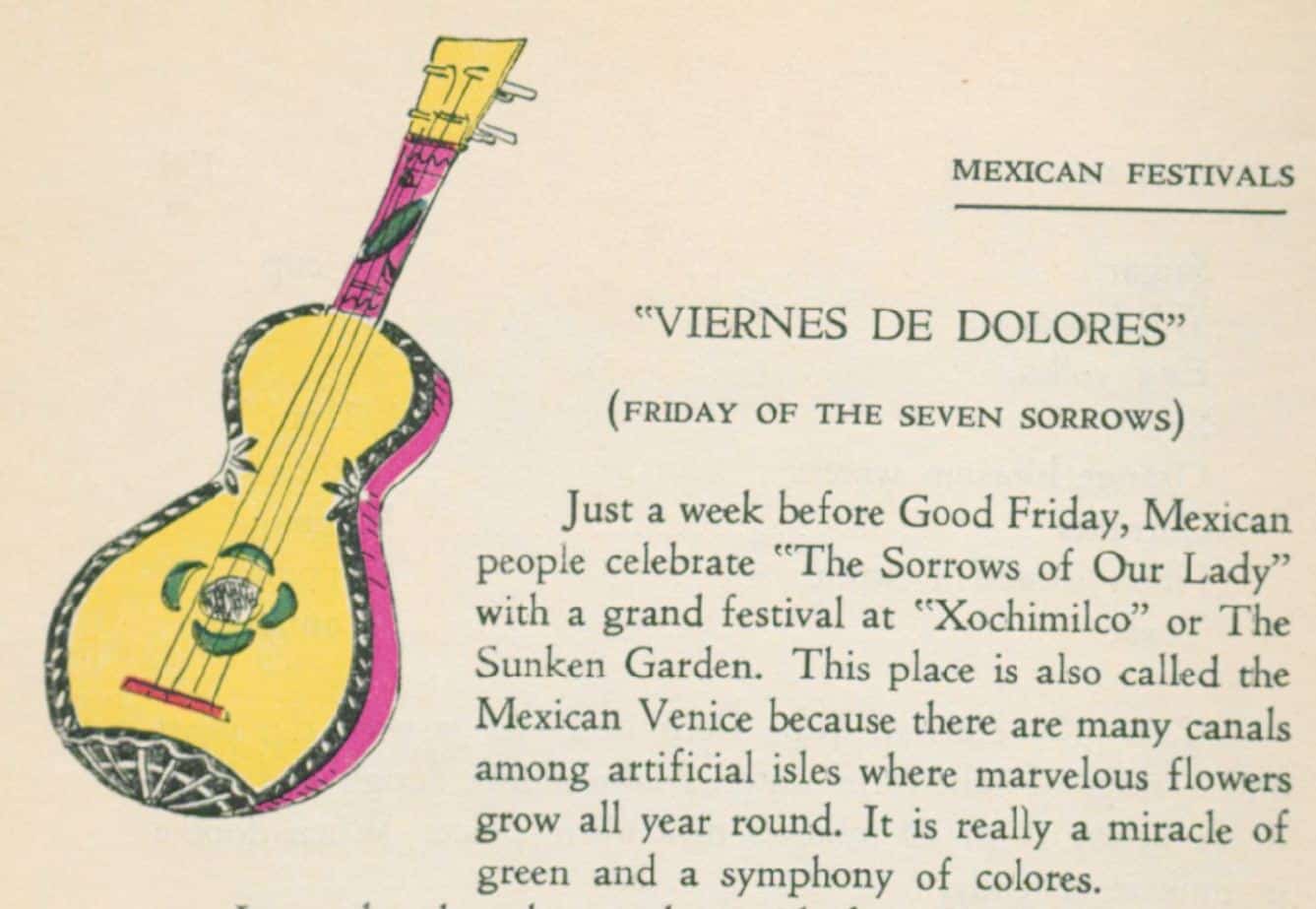
“Viernes de Dolores” or “Friday of the Seven Sorrows,” takes place one week prior to Good Friday (the Friday before Easter) and during De Carbia’s time, many residents of Mexico City marked the day by traveling to “Xochimilco” or The Sunken Garden, which was then just a little ways outside the city. Canoes decorated with flowers took visitors on tours through the Chiampas just after dawn. By the time, the canoes delivered the celebrants to the village of Santa Anita, cafes and restaurants were open to serve “the typical breakfast of ‘Enchiladas’ or ‘Hot tamales’ with ‘Champurrado”. A recipe for Champurrado follows.
Holly (sic) Week is the week preceding Easter, and is associated with ‘Revoltijo’ or “a leafy vegetable cooked in ‘mole’, with shipm cakes…Cod fish Viscay style…and Empanadas. De Carbia notes that the usual Holy Week filling is fish, but instead provides her readers with a recipe for an egg and cheese filing. Perhaps she thought American cooks might not find fish-filled pastries to their liking, or perhaps she was unsure that the appropriate kind of fish would be available to her readers.
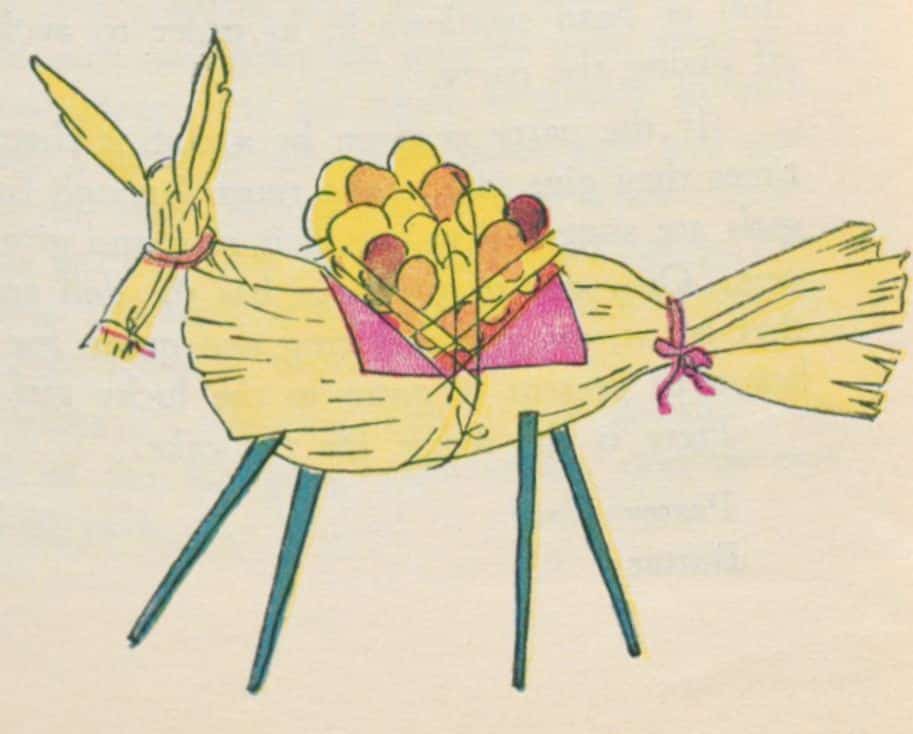
Corpus Christi is described as “frankly religious” but with “some typical customs attached to it.” By “typical,” I believe De Carbia means “popular” or possibly “folk.” She describes children being dressed as “Indian vendors [to] carry flowers, fruits, and even chickens and pigeons as offerings to church” and notes that “Natives sell little ‘Mules’ in the street with small crates filled with fruits and candy, decorated with flowers.” De Carbia speculates that these customs may have originated in early Colonial days when railroads and easy transport were not yet available to make tropical foods available year-round. Instead, “Natives from tropical towns in the South West of the Republic, came about this year to sell their merchandize…they could be seen, entering Mexico City, with their mules loaded with tropical fruits, cheese, molasses and confections of other kinds.” De Carbia includes a recipe for an anise-flavored pastry called “Gaznates.” This recipe is presented below, along with its filling.
“GAZNATES” (P. 203)
Pastry Flour 2 cups (sifted)
Egg yolks 9
Shortening 1 tsp
Anise brandy 1 small glass
Mix the flour with the egg yoks (sic) and the shortening, then add the liqueur and kknead very much until very soft and smooth. Beat well against the table. Roll very thin on floured board and cut squares of about 3 inches. Take two opposite corners of each and seal moistening ends. They should form small baskets. Place some fat in the frying pan and heat very well. Hold the basket, or pastry tube, with two sticks and dip in the fat, turning the sticks quickly so as to keep the shape until light brown. Place on paper. The first one may seem a little hard to make but afterwards it is quite simple.
When cool these “Gaznates” are filled with seven minute frosting flavored with lemon or vanilla or with “Sweet potato and pineapple dessert”.
*Librarian’s Note: The recipe for the latter is given in the Desserts Chapter on Page 171:
SWEET POTATO AND PINEAPPLE DESSERT
Sweet potatoes 1 pound
Sugar 1 pound
Pineapple juice 1 can
Boil sweet potatoes, mash and pass through sieve. Place juice with sugar on fire when starting to get thick add mashed sweet potatoes and cook 10 minutes longer stirring constantly. Remover (sic) from fire, cool slightly and pour on platter sprinkling with powdered cinnamon.

